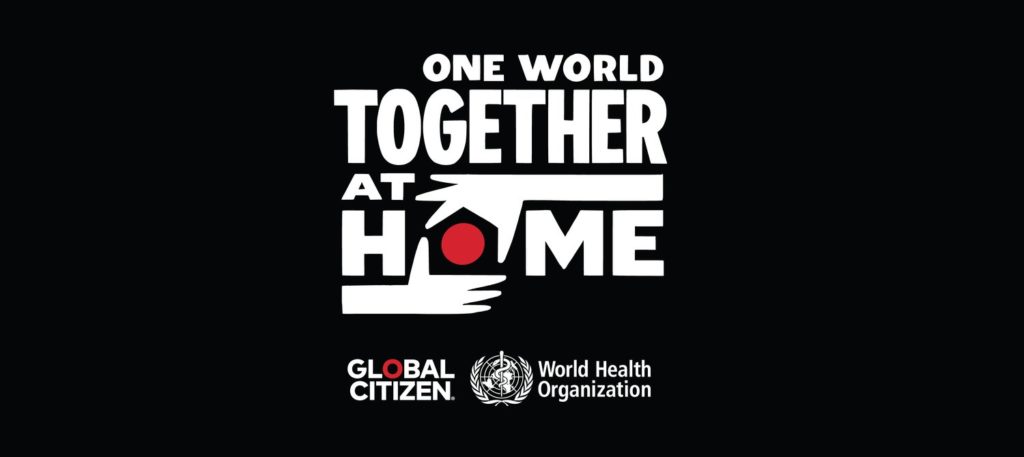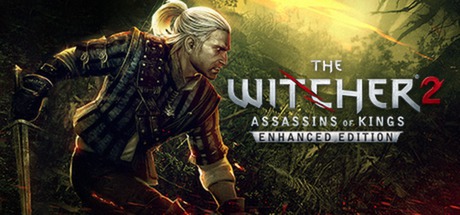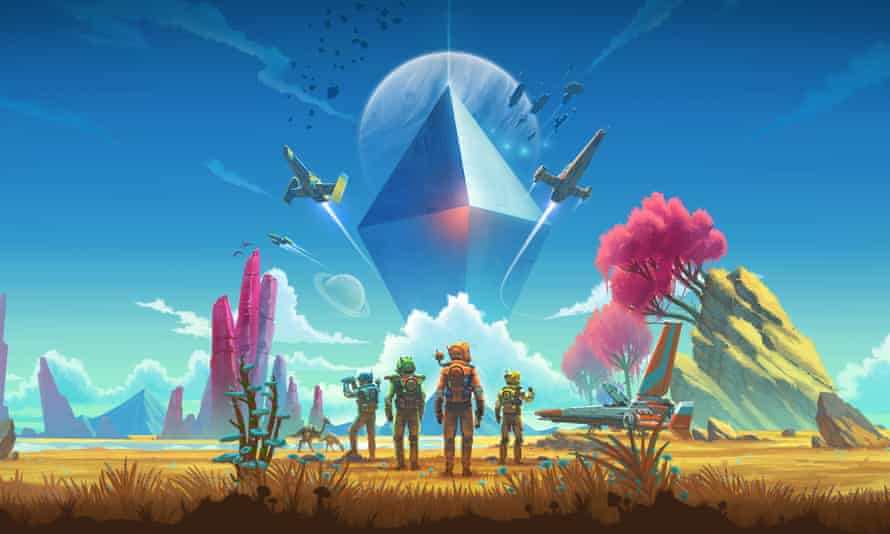Digital technologies have already begun to play a very important role in creative activities such as music, movie and so on. Neither modern cinema nor music can be imagined without the use of digital processing and computer effects. Computer today has become the canvas for the artists.
But what about artificial intelligence? It already solves many commercial, governmental and finacial problems today. But the impact of technology is not limited to this. Experts often speculate about what professions AI will replace. Mostly it is about phisical work. But technology has also encroached on creativity and art.
For several years, some artists and IT-specialists have been using artificial intelligence in their work. The system works as follows. A large amount of examples of works are loaded into the system. For example, portraits of different people from different artists. It can be several thousand of illustrations. Based on this information, the AI learns and creates a new work at the end. Other artists use only their own works. But in general, the principle is the same. That is, the person sets the algorithm and the technology already creates the art object itself. We can already find exhibitions where arts of artificial intelligence are presented, in many large cities around the world.
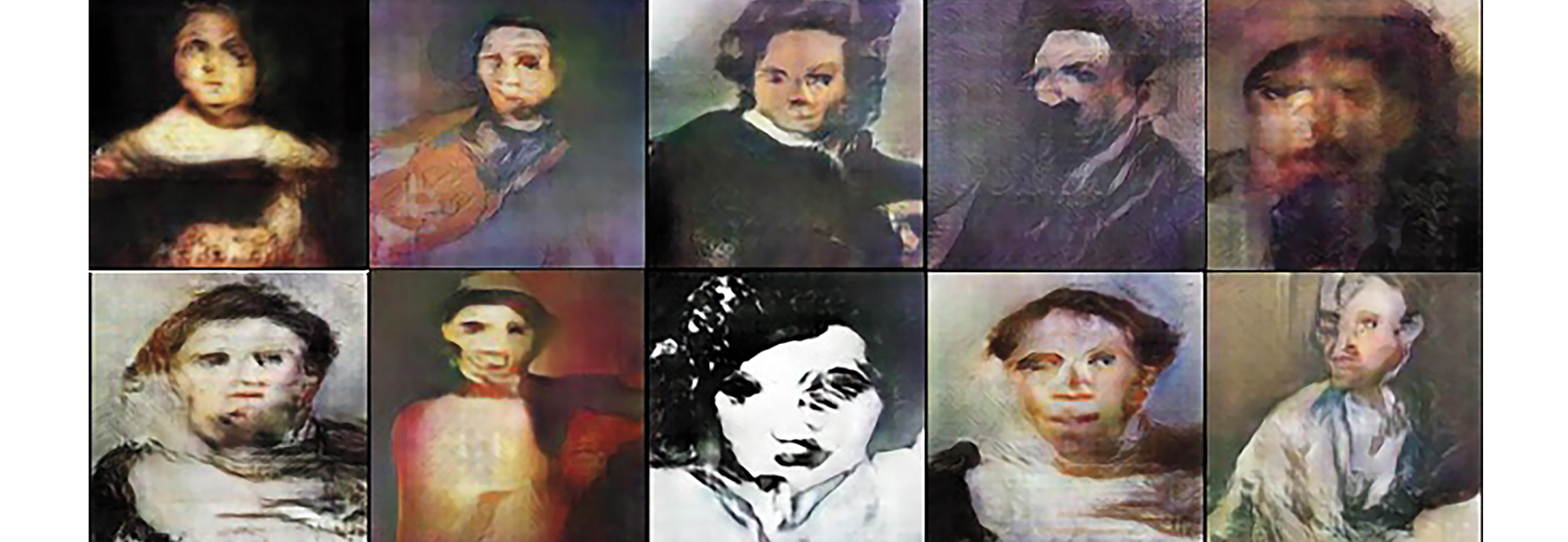
In 2018, an official auction took place for the first time. There “Portrait of Edmond Bellamy” created by artificial intelligence was sold. The painting was created by GAN. As a result, it was sold for $ 432 thousand. To create this picture, 15,000 portraits from the 14th-20th centuries were uploaded to the system.
.jpg?mode=max)
Experts around the world are arguring whether an art object created by a machine can be considered as an art. And what should be the copyright for it. Firstly, there have already been recorded cases when artists sued the creators of such paintings, since their works were too similar to one of the original sources. The second question is who is really the author of the work. AI or the person who created the algorithm for its creation? These questions still remain without unanimous answers.
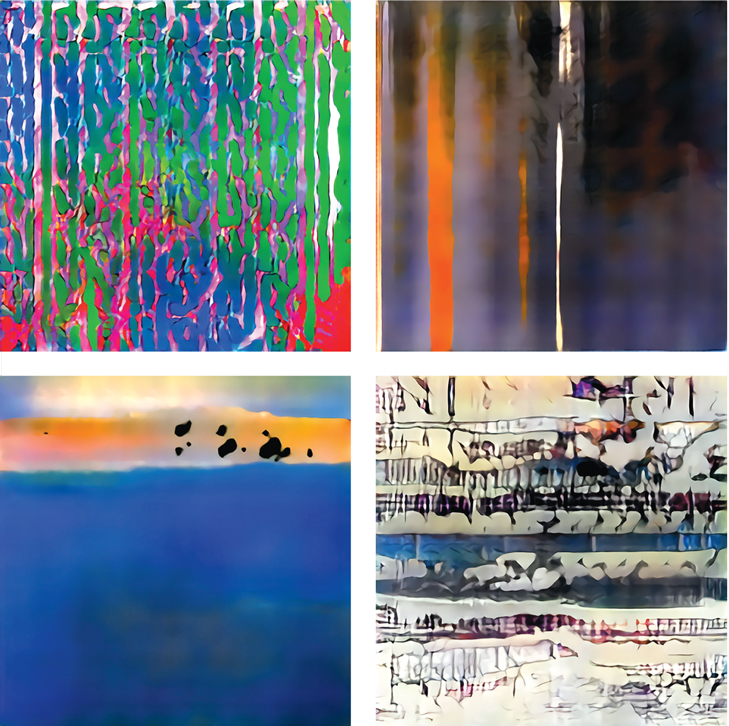
Art critics tend to believe that an art object created by artificial intelligence cannot be considered as an art. Experiments in this field more likely belong to the field of performance.
The most important aspects for an artist’s work are the cultural and historical context, as well as the context of the life and inner world of the author himself. Both are not present in objects created by AI.
At the same time, we can see that technology is already influencing not only the art market, but also the vision and development of the artist’s skills. After all, the value of art is in creating something new and unique.
New ideas are the main driving force in the development of art. And the generation of these ideas is the main function that artificial intelligence cannot (or cannot yet) to do instead of the human.
Therefore, we can confidently say that artificial intelligence will make its mark in the development of modern painting as, for example, photography once changed it.
Sources:
https://www.americanscientist.org/article/ai-is-blurring-the-definition-of-artist

